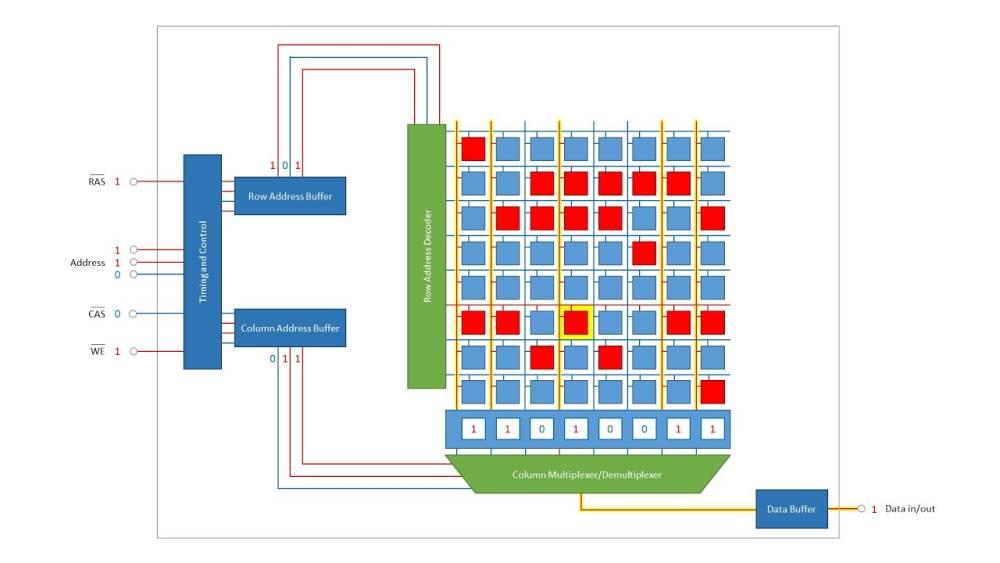
The appearance of the 24 and 48 GB DIMMs and SO-DIMMs have caused a tradition to end suddenly, that of the configurations of RAM in powers of two. However, this tradition has already come to an end, since such amounts do not correspond to the classical evolution of this key component. What is this change in trend due to?
There was a time when RAM was a precious and scarce commodity, in which applications had to be careful to use what was just and necessary at all times and where any increase in capacity was seen as manna that fell from heaven. Today, these limitations have passed away, and system memory is in amounts that exceed 95% of the needs, even in the most modest systems.
RAM has always evolved in powers of two.
We must bear in mind that the RAM memory cells are distributed in matrices and, therefore, by cells and columns of bit cells. Although to tell the truth, today what a few decades ago corresponded to a single bit, today are several bytes. Let’s not forget that current DDR memories can communicate with up to 64 bits of information, or 8 bytes, per memory channel and simultaneously.
Thus, with Moore’s law, each node jump results in a 30% decrease in the transistor, so it goes from measuring 10 to measuring 7. So if we scale a memory we can find that with each Once there has been a major manufacturing process, the norm is to double the storage capacity of RAM. All this due to the fact that we can place twice as many transistors in the same space and, therefore, store twice as much information. Thanks to this, RAM has always been increasing in powers of two, however, this has come to an end with the appearance of new memory modules.
Why do the new memories use such strange configurations?
The appearance of 24 and 48 GB memories has completely broken a tradition that has been going on for years, however, there are several reasons why this is happening and the first of them has to do with the fact that RAM usually uses nodes much less advanced manufacturing than processors and the problem they encountered when adopting 16nm nodes they are now encountering. This problem is easy to explain, although the density increases in the same way, the cost per mm² is not the same, but has increased in each node, that is:
- We can fit more transistors per area with each new leap in the manufacturing process.
- Regardless of capacity, the cost per area has grown, ergo a chip of the same size is more expensive.
So manufacturers, instead of opting for the rise in the price of RAM, have chosen a different path that has been to keep them within margins, even if it is cutting storage capacity. In any case, gone are the times when the amount of memory was a problem due to lack of it, today it is the other way around due to the lack of optimization of many applications in its use. But it is what happens when something is in excess.




